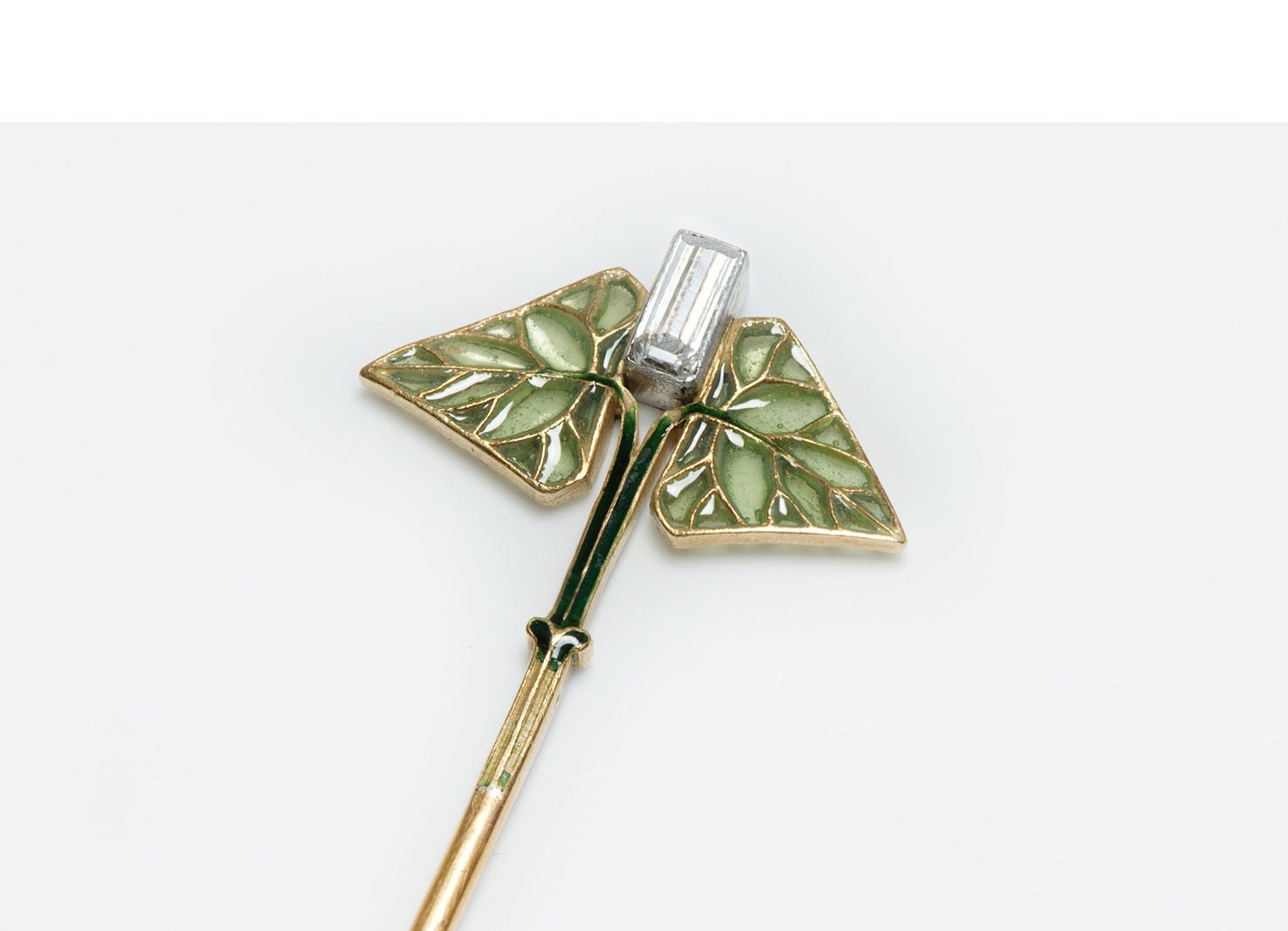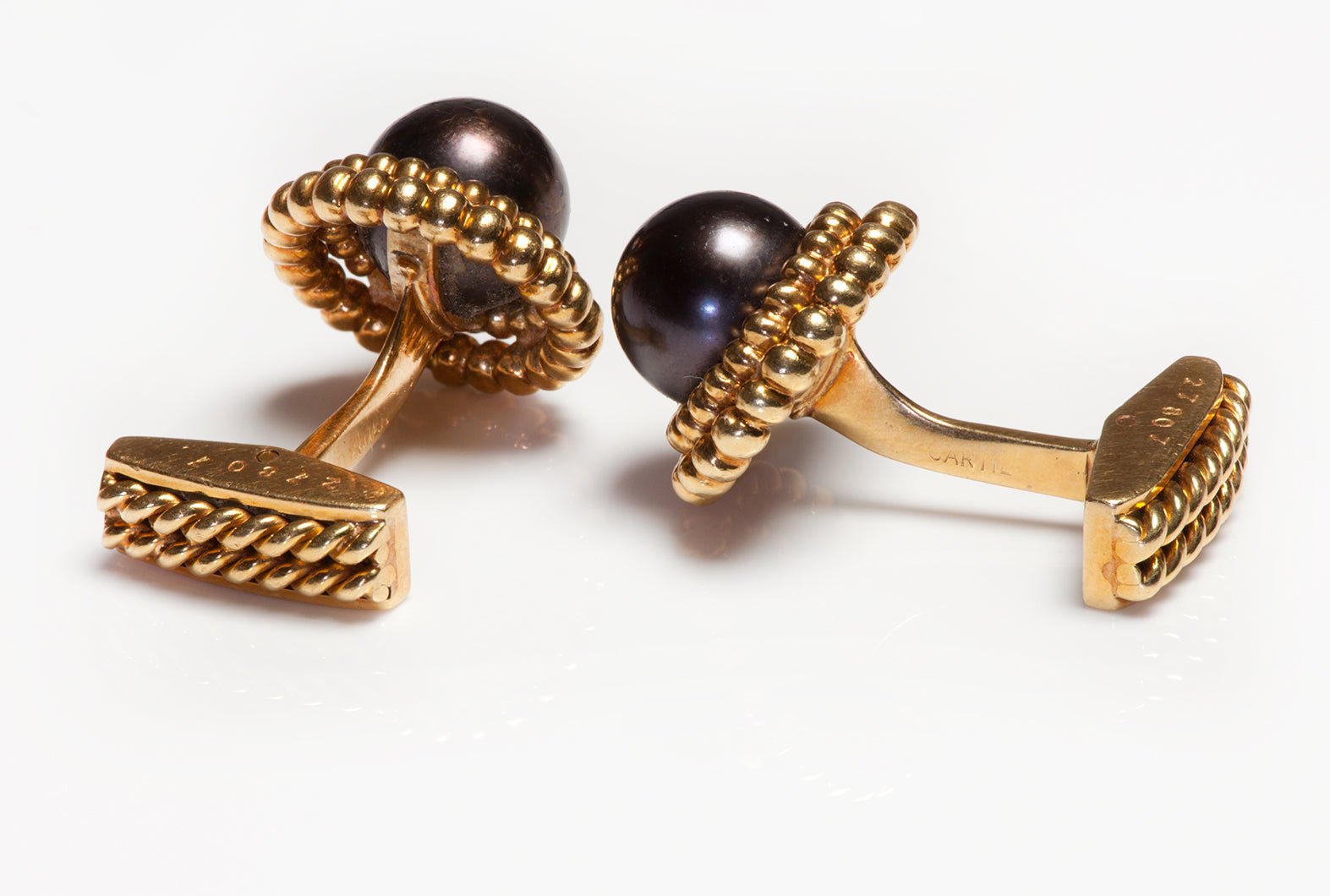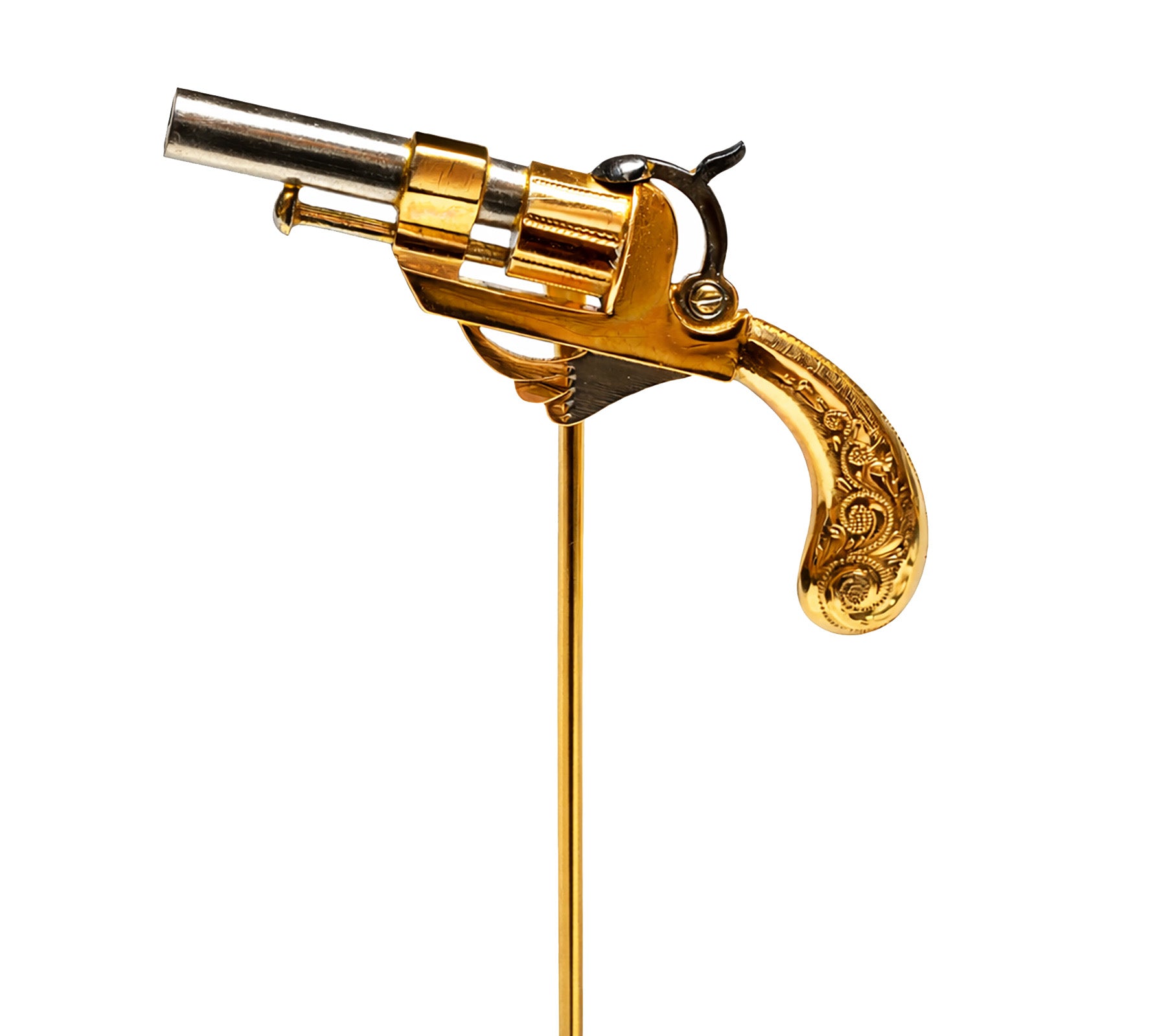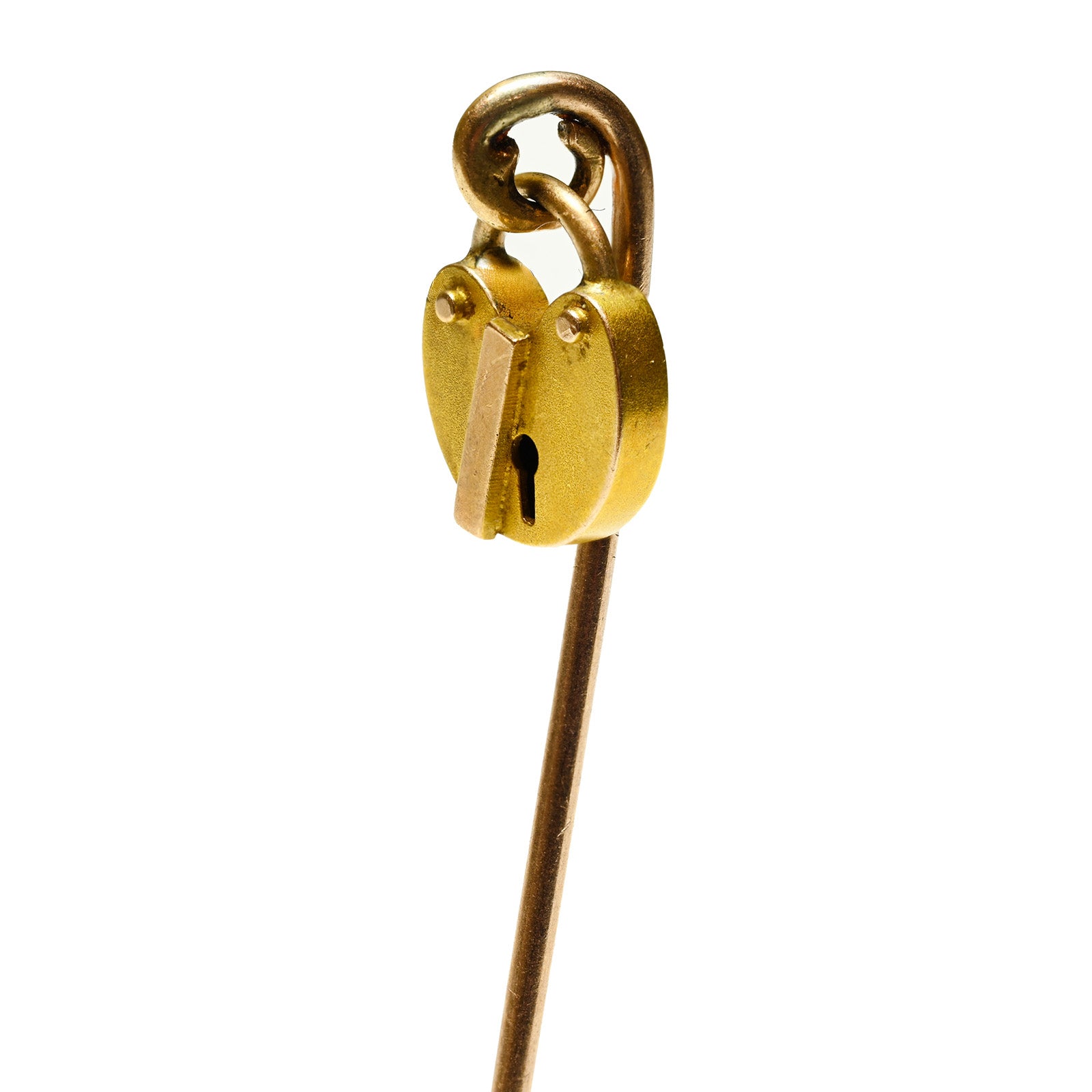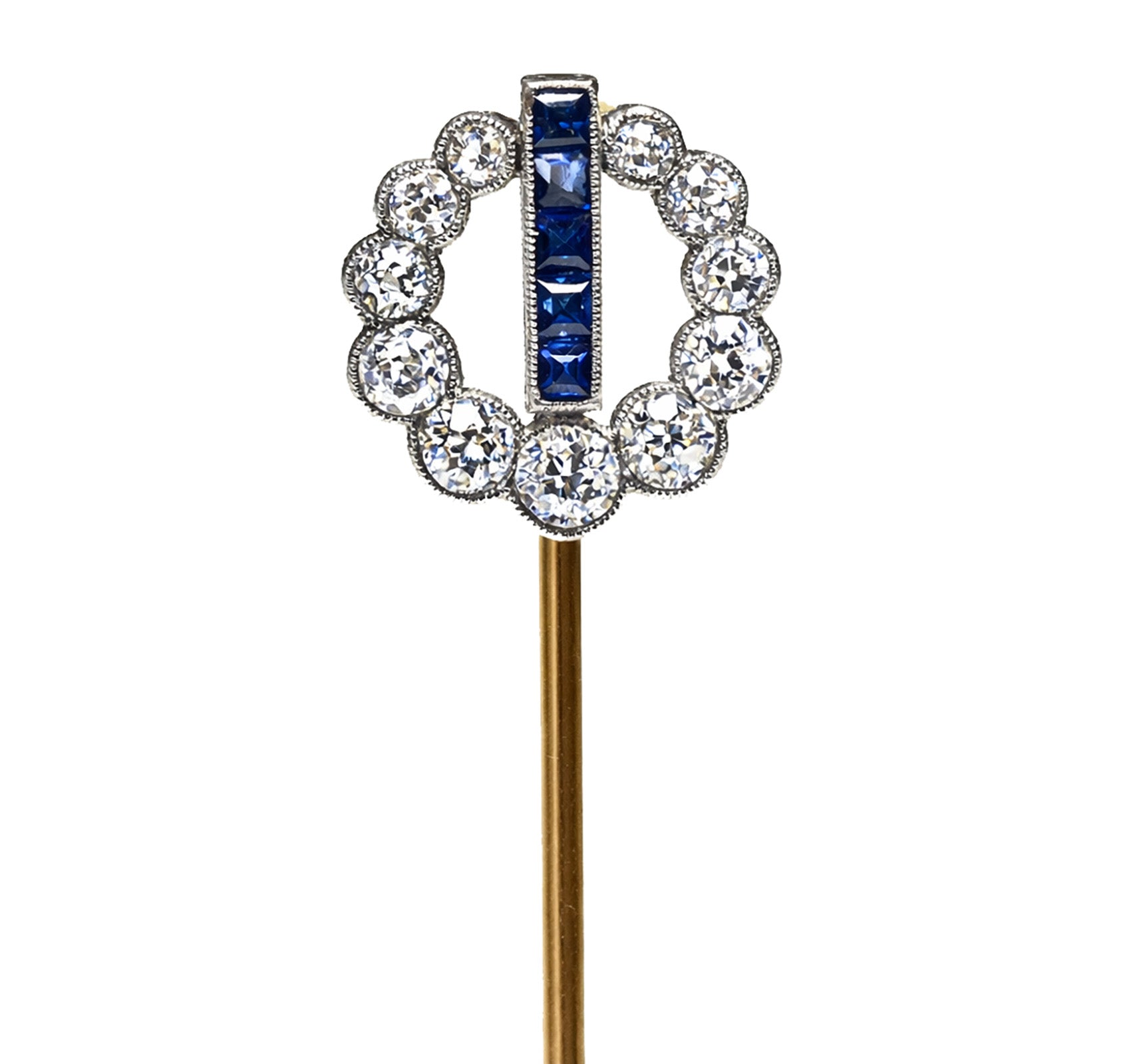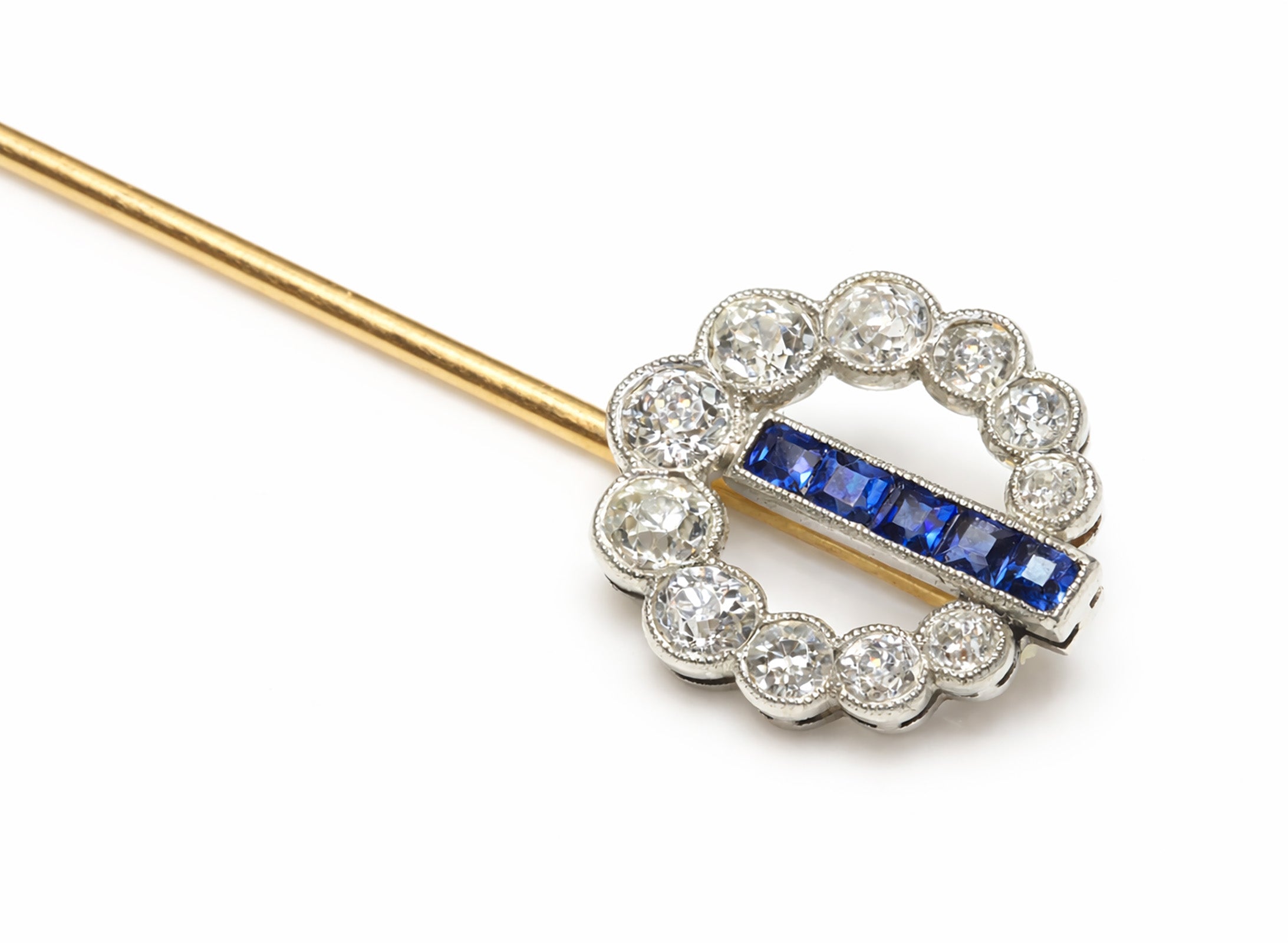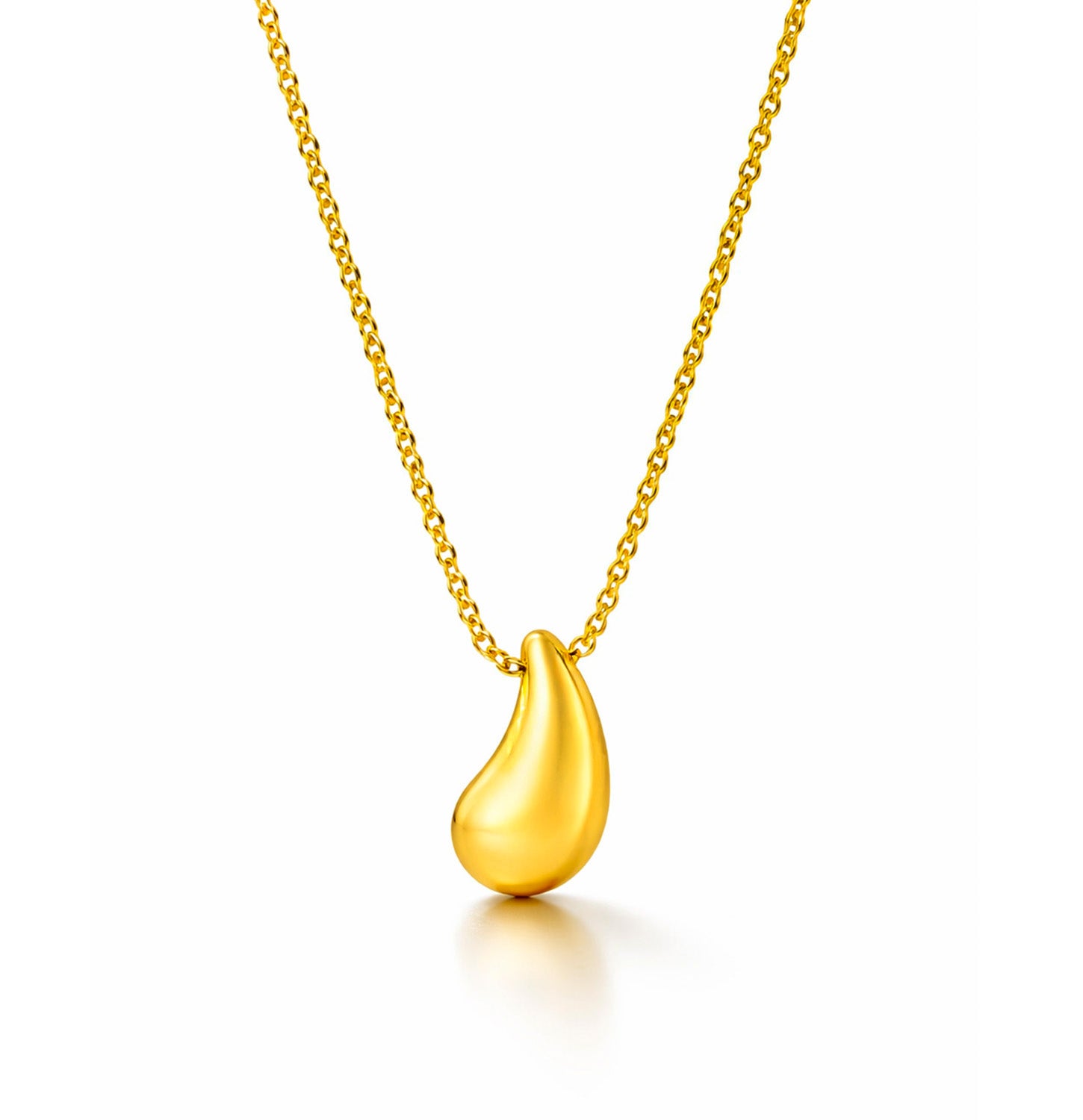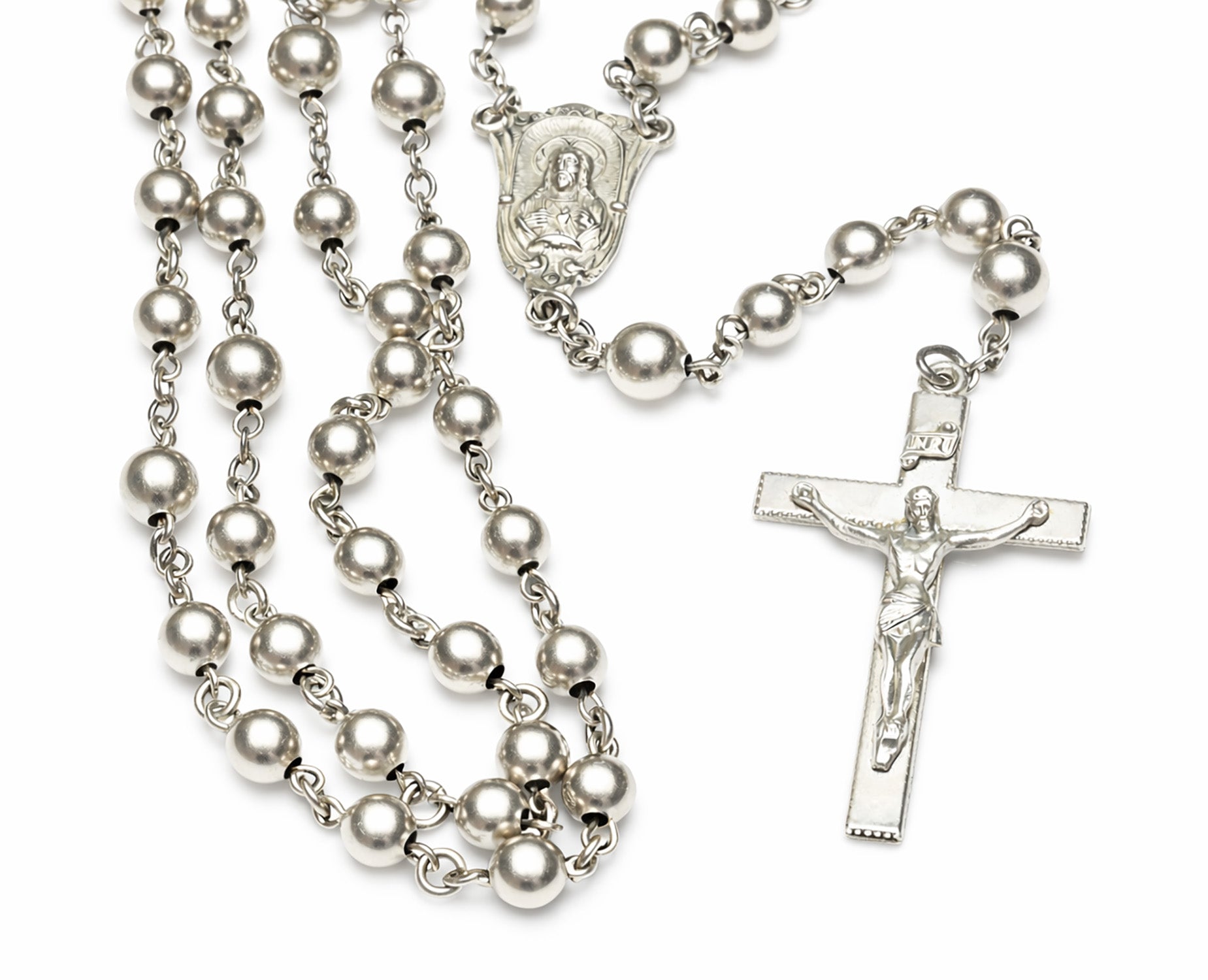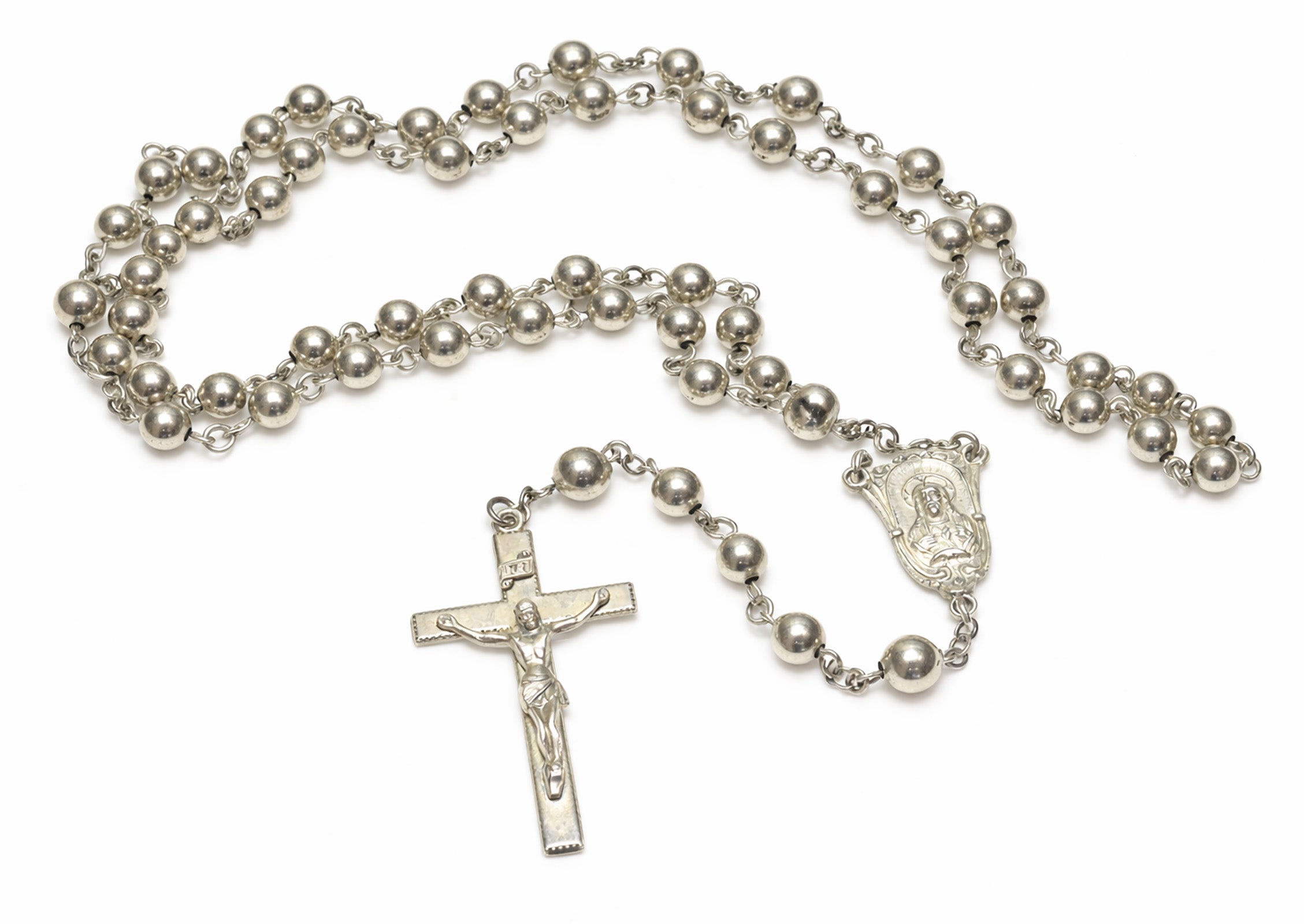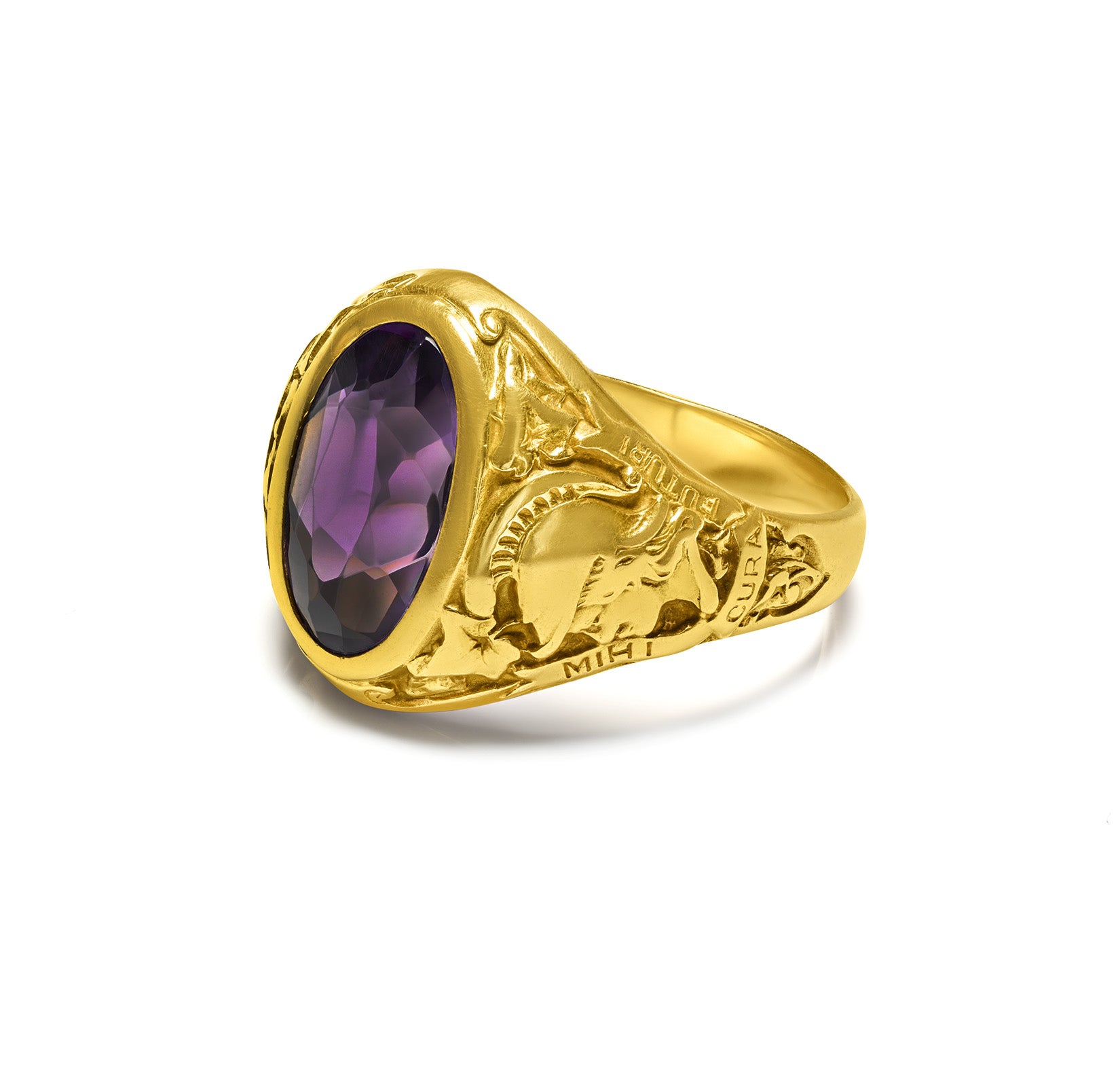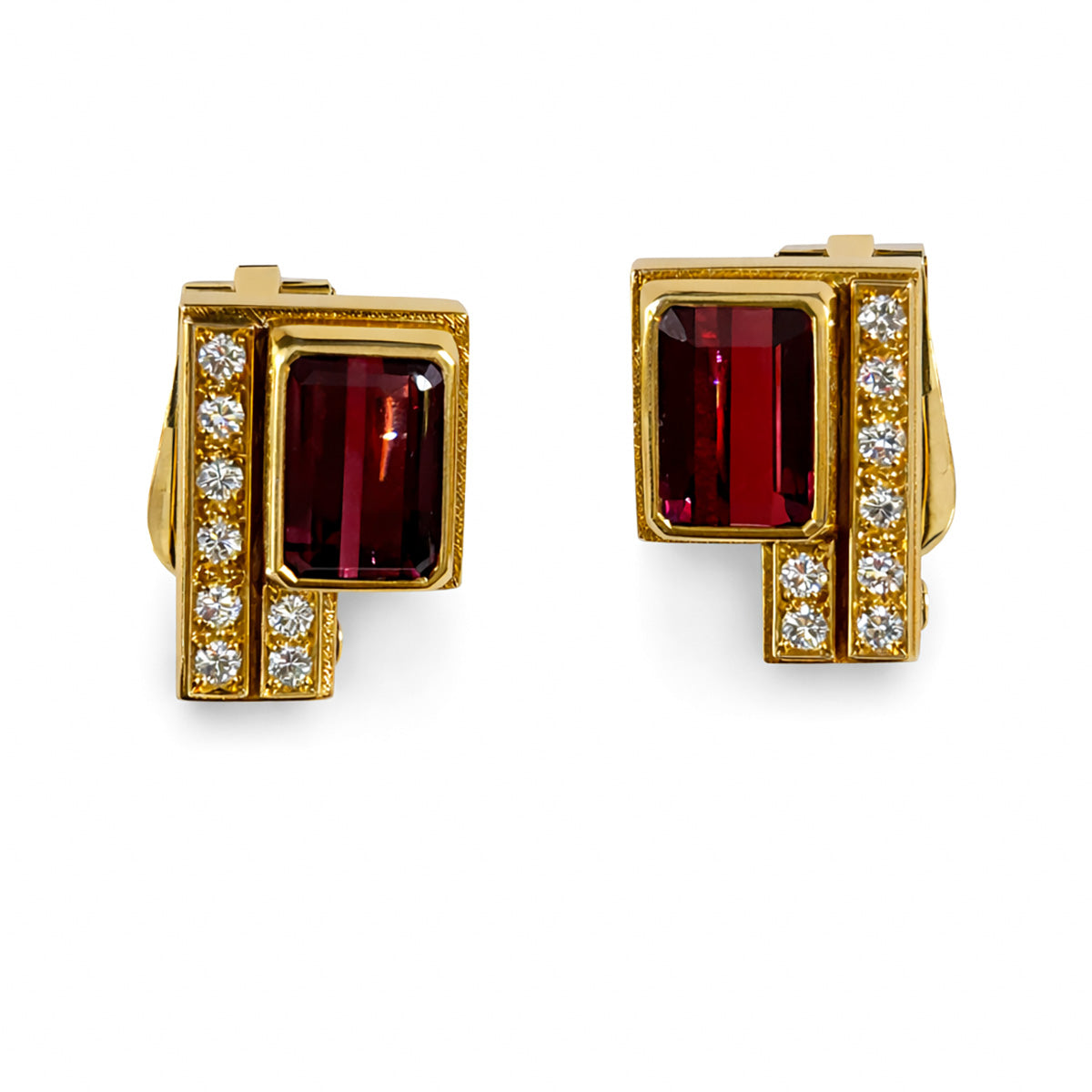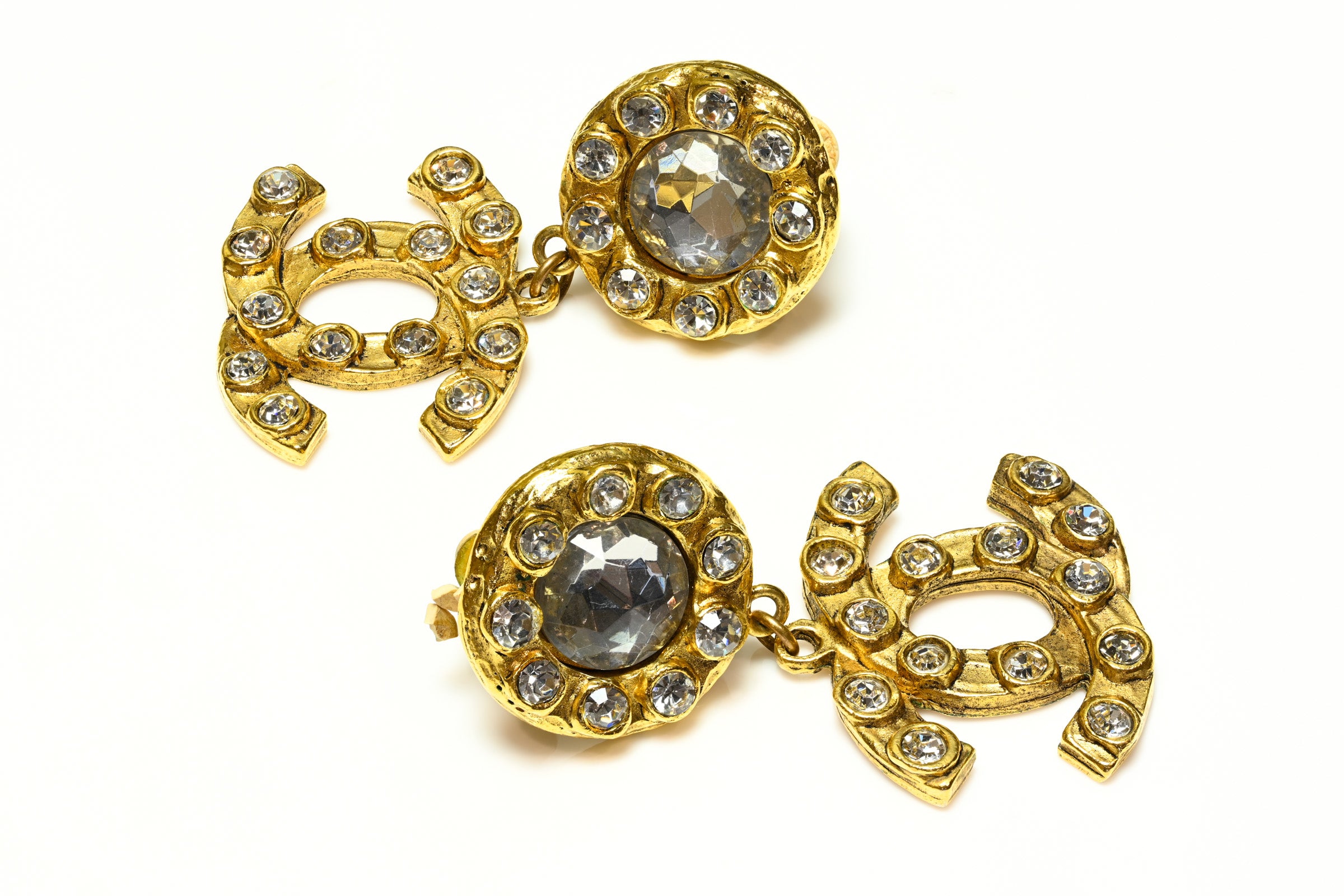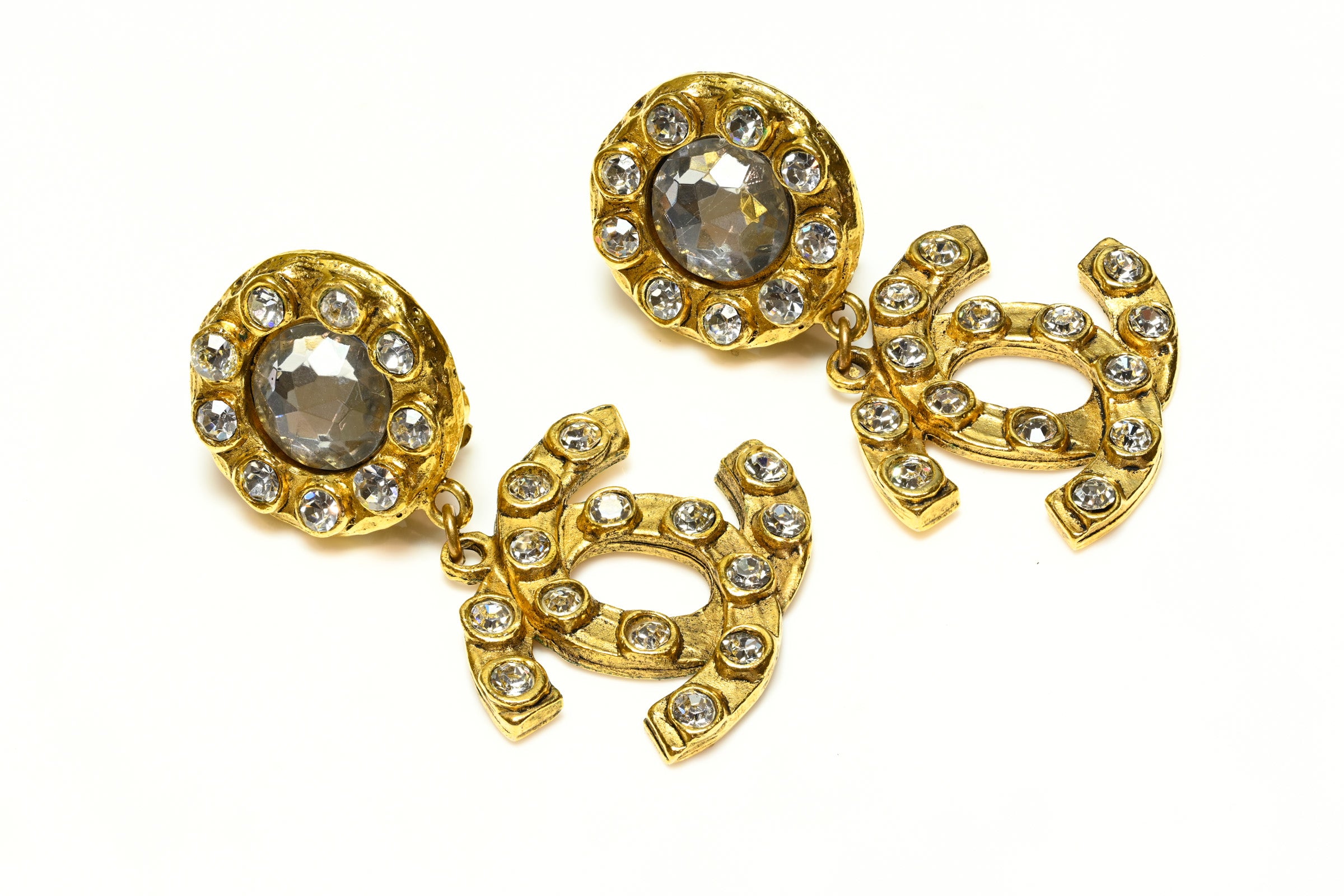
Famous Revivalist Jewelers: Jules Wièse and Louise Wièse
Jules Wièse (1818-1890) was a gifted revivalist jeweler born in Berlin who attained glory in Paris. He is seen as one of the top goldsmiths of the neo-Renaissance and neo-Gothic periods.
Born in Belin in 1818, Jules Wièse was destined to be a legend. At the age of sixteen, in 1834, he became the apprentice of the German court goldsmith Johann Georg Hossaeur. The supplier to the King of Prussia helped him to set up on a journey that was going to be glorious.
He then moves to Paris and starts working for Jean-Valentin Morel, a skillful goldsmith, and in 1839 started his collaboration with the famous master jeweler François-Désiré Froment-Meurice. Not long afterward, he becomes his workshop manager in 1844.
One year later, Jules Wièse sets up his own shop at 7 Rue Jean-Pain-Mollet but continued to work exclusively for Froment-Meurice.
Jules Wièse Receives International Recognition
For this fruitful collaboration with Meurice, Jules Wièse received a medal in 1849, at the 11th French Industrial Exhibition.
The brilliant craftsman Froment-Meurice died on February 17, 1855. That year, at the Paris World Exposition, Jules presented his works for the first time under his own name. He got a First Class medal for his goldsmith work and his jewelry.
In 1862 Jules Wiese received a gold medal at the London World Exhibition for the jewelry pieces he masterfully and originally made in the Renaissance style. Five years later, the German creator won another bronze medal for his jewelry in the Archaeological Revival style.

This world recognition leads to many commissions. He did both jewelry pieces and objects, such as decorative swords, knives, mirrors, or goblets.
The brilliant craftsman's distinctive hallmark consisted of his initials "JW" with a star above and below within a vertical lozenge.
Jules Wiese had a distinguished, highly sculptural style. He liked to combine medieval motifs with traditional manufacturing methods. He drew inspiration from myths and legends, such as the Arthurian Legend, as well as Gothic architecture and art forms.
Louse Weise Carried on the Family Tradition
Jules Wièse retired in 1880, leaving the control of the workshop to his son Louise, and eventually died in 1890.
Born in 1852 in Paris, Louise Wièse carried on the legacy, establishing himself in a similar way in the world of jewelry. He continued to produce jewelry in the Revivalist style used by his father but also developed his own variations of the revival themes.
Louise Wièse used antique setting methods for the gemstones that adorned his jewelry piece. Also, like his father, he often applied mercury oxide to his silver jewels to achieve to enhance the ‘aged’ appearance, and the jeweler’s rouge was sometimes used to give gold pieces the appearance of having been recently unearthed.
Louis Wièse worked until his death in 1923. He was, according to Vever, "an exceptionally modest and truly talented artist".
Louis registered the makers mark "WIESE" with a star above and one below in a horizontal lozenge. Jules often used his mark "JW" but later both of them used "WIESE".
The Wièse family jewelry is extremely rare and highly sought after by collectors around the world. Most of the ones that survived are made by Louis rather than Jules Wiese.

